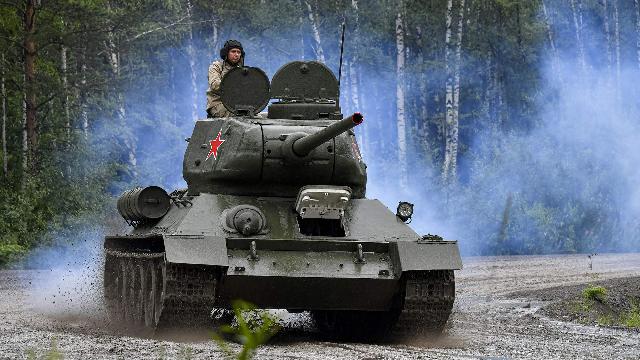On the day of the 105th anniversary of the Russian tank industry, the creation of the most massive combat vehicle of the second half of the 20th century
The ultra-low temperatures of the Arctic, the heat of the deserts, night marches and shooting — this is how the T-72 tank was tested and refined. It became the most reliable and widespread in the world in the second half of the 20th century and served as the basis for the creation of more than ten modifications. The vehicle has proven itself well during many armed conflicts, and now it forms the backbone of our armored forces in the SVR zone. Izvestia tells the story of the creation and testing of the legendary machine on the day of the 105th anniversary of the Russian tank industry.
Three competitors
The fate of the T-72 could have been different. In August 1973, Chief designer Valery Venediktov, together with the leadership of Uralvagonzavod and the institutions of the USSR Ministry of Defense, had difficulty in getting the tank into service. The designer had to prove the advantages of the Ural machine in terms of combat, operational characteristics, reliability and cost in comparison with the already existing T-64A. Serial production began at Uralvagonzavod (UVZ) in 1974.
Izvestia reference
It is customary to count the history of the Russian tank industry from August 31, 1920, when the Krasnoe Sormovo plant produced the first Soviet tank, Comrade Freedom Fighter. Lenin." It was followed by the MC-1 (T-18), T-26, BT, T-28, T-35 tanks and many others.
So, since 1974, units of main battle tanks (MBT) of various types appeared in the Soviet Army – T-64 and T-72. Two years later, the T-80 was added to them. Three types of MBT in one army is a great luxury. It was necessary to determine which tank, or better yet, two, could be shortened.
Design bureaus and tank factories found themselves in a highly competitive environment. And to make it especially acute, they began to conduct joint tests of different types of machines.
— It all started in 1976, when the T-80, T-64A, T-64B, T-72 and T-62 tanks were jointly tested in the Kiev, Carpathian and Belarusian military districts as part of separate companies. 3,000 km was covered, live firing was carried out," Valentin Zatravkin, a veteran of the Ural Design Bureau of Transport Engineering (UKBTM), told Izvestia. — Since 1979, such military tests have become annual. The "tank people"—testers, designers, and army officers—called these competitions "star races" or simply "cockroach races."
The machines were tested conscientiously: long marches were combined with work at military training grounds in different climatic conditions, on different terrain and at different times of the year, with a temperature difference from +50 to -45 degrees Celsius. Some of the marches were conducted at night using night vision devices.
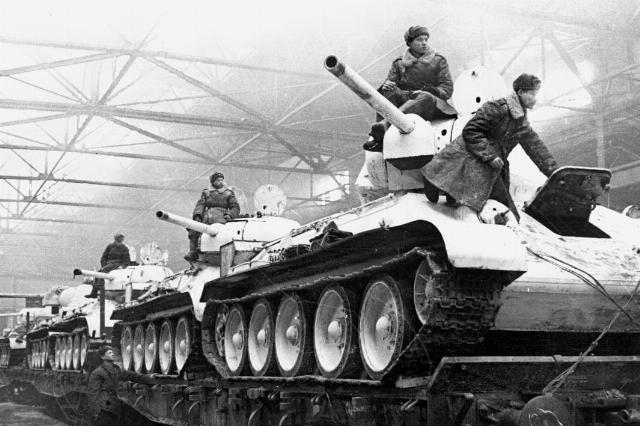
Photo: Uralvagonzavod concern
Image source: iz.ru
The result depended on whose car — Leningrad (T-80), Kharkov (T-64) or Tagil (T-72) — would be recognized as the best.
— "Star Wars" has become a serious challenge for the T-72 tank and its creators. And the car and its developers passed this exam.
"The T-90 tank was created thanks to the vast experience of testing and military operation of T-72 tanks," Vladimir Potkin, chief designer of UKBTM (part of Uralvagonzavod Concern), would later say.
At the start
In 1979, the "star races" took place in two stages. The first with the code "Cedar" — in August and October in the Amur region. The second with the code "Pine" — in September and December on the territory of Ukraine, Belarus and the Kola Peninsula. A total of 20 T-72 tanks participated in the case.
At one of the ranges, the commander of the Belarusian Military District (BVO), Colonel-General Mikhail Zaitsev, ordered a comparative firing of three tested tanks: T-80B, T-64B, T-72A.
"He chose the cars by their side numbers at random," recalls Valentin Zatravkin. — The representative of Nizhny Tagil, Yuri Levkovsky, clutched his head: the gunner of this tank, compared to others, was not a sniper, and besides, the shooting was difficult.
The results were as follows: T-64B — two hits out of three shots, T-80B hit the target with the first shot, the second shot missed the shield, and the Leningraders stopped shooting. And the T-72A gunner drove all three shells into the target with enviable accuracy.
Veteran of the Ural Design Bureau of Transport Engineering (UKBTM, part of the Uralvagonzavod Concern of the Rostec State Corporation) Valentin Zatravkin
Image source: Photo: from the UKBTM archive
There was no limit to the jubilation of Tagil residents: it was a matter of honor to "shoot down" their rivals, having a less advanced fire control system. The tank's gunner received a personalized watch from General Zaitsev.
But not everything was rosy for Tagil residents. Before sending the tanks to the Kola Peninsula, due to a transmission failure, one T-72A tank failed and could not continue moving. There were only three days left before the tank train was sent to the Kola Peninsula. The restoration of the car was carried out in an open area. The weather was stormy, rain and snow, and the air temperature was about zero. The work at the limit of strength continued for three days, but the tank was operational.
In November, the tests continued on the Kola Peninsula. It was snowing heavily, daylight hours were extremely short, and frosts reached -35 degrees. The engines needed to be replaced. It occurred at a temperature of -30 degrees.
The hands of the drivers were covered with cold burns, the skin cracked. But the work was successful, and the T-72 continued testing.
From swamp to desert
The next "star races" codenamed "Bagulnik" took place in November 1980 —March 1981 in the Chita and Amur regions. Ten improved T-72A tanks participated in them.
In order to increase the range of vision at night, a TPN-3-49 sight with a new infrared searchlight was used. A Cloud curtain system was installed on the front of the tower. There were other improvements.
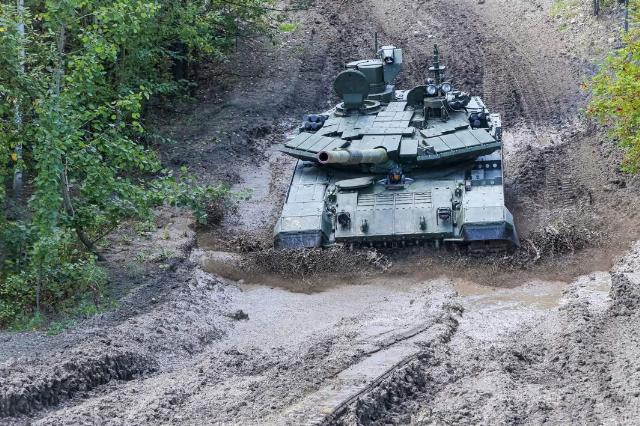
Photo: Uralvagonzavod concern
Image source: iz.ru
In the Amur region, mudslides began — the Bureya and Zeya rivers opened up. The main task of the tank drivers was to avoid drowning in the hidden quagmires and swamps through which the route was laid during the marches.
The following military tests, codenamed Typhoon, were conducted in Central Asia near the city of Otar. Ten T-72A tanks with high-power engines and other modifications entered the highway. During these tests, the negative effect of "reverse thrust" was revealed, when the tracks, due to the inertia of the tank at high speeds, twisted the cooling fan, thereby destroying its blades. To eliminate this defect, a new fan was promptly developed and put into mass production at UKBTM.
Like a Kalashnikov assault rifle
In the "star races" of the summer of 1982, tests codenamed "Saksaul" took place on the territory of Kazakhstan (Otar), Kyrgyzstan (near Lake Issyk-Kul), Turkmenistan (the town of Baharden near the city of Geok Tepe).
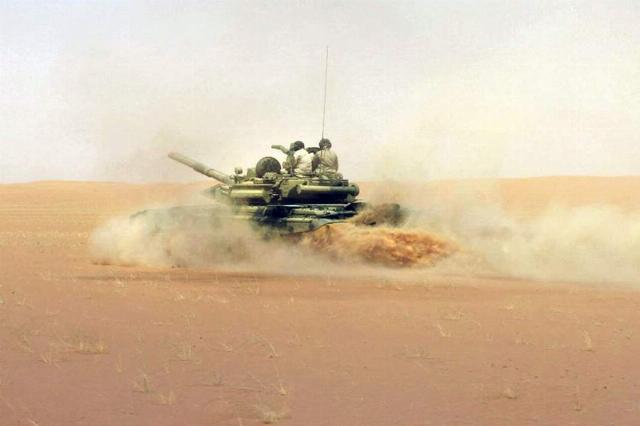
Photo: Uralvagonzavod concern
Image source: iz.ru
Only three tanks took part in them, which had KD-45-3 engines and the Svir guided weapons system. The tanks had to traverse the scorching sands and mountains of Central Asia on an unusually long 10,000 km route.
The 1983 tests took place in October and December in the Novosibirsk Region (the city of Yurga) and the Amur Region (the city of Zavitinsk).
—Everyone remembers Jurga for its terrible climatic conditions: frosts of up to -35 degrees and cold, piercing winds," recalls Valentin Zatravkin. And in Transbaikalia, on the very first march, the engine failed. It was good that there was a forest all around: birch trees were cut down, racks were made of them, installed along the sides, a tank tarp was stretched — a tent turned out. We assembled blowtorches for heating. This made it possible to dismantle the engine and install a new one.

Photo: Uralvagonzavod concern
Image source: iz.ru
During the military trials in the summer and autumn of 1984, the Alder in Ukraine and Belarus, Tagil sent five improved T-72As on a run, largely corresponding to the "object 184", that is, the T-72B. In these tests, with the separate movement of the T-72A company and the T-80 company, the average speed of the "seventy-two" turned out to be 5.4% higher than that of the "eighty".
The military trials of 1985 under the name "Acacia" were held in Jurga in November and December. Ten T-72B tanks with 17 improvements participated in the tests. The last "star races" were held in Kazakhstan under the code name "Berkut". Iney-1 fire-fighting equipment was tested on Tagil tanks, as well as experimental support rollers with different rubber and tire widths.
Based on the test results, the chief designer of UKBTM, Valery Venediktov, organized an analysis of the work of the T-72 components and parts. This system made it possible to eliminate the production and design shortcomings of the machines.
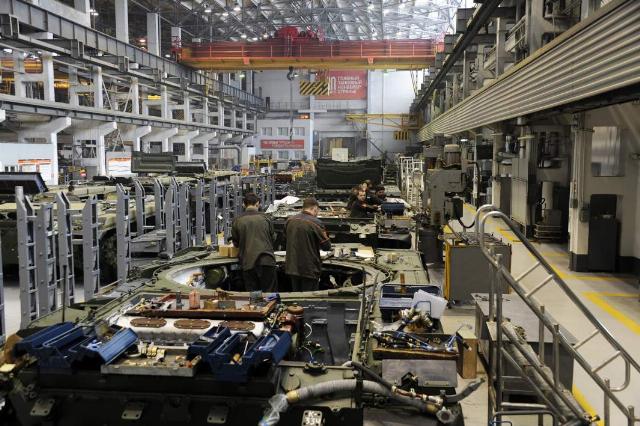
Photo: Uralvagonzavod concern
Image source: iz.ru
In the late 1970s and early 1980s, the T-72 began to be exported, and documentation for its licensed production was transferred to six countries. In the late 1990s, T-72 tanks were in service in 36 countries around the world.
"The T-72 tank has spread around the world like a Kalashnikov assault rifle," said Colonel-General Sergei Mayev, former head of the GABTU. Great credit for this belongs to the leading specialists of the UKBTM who participated in the "star races".
Bogdan Stepovoy
